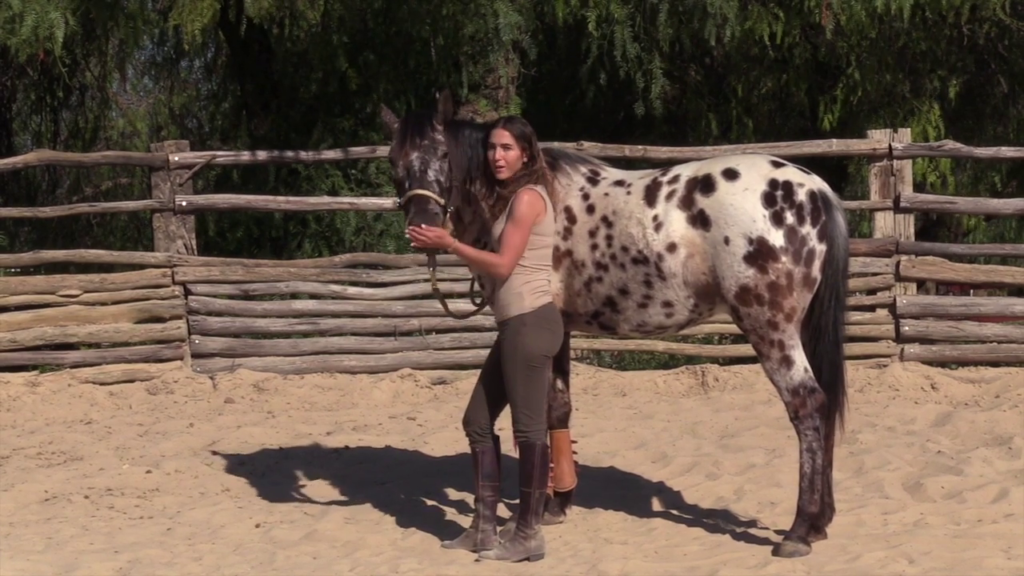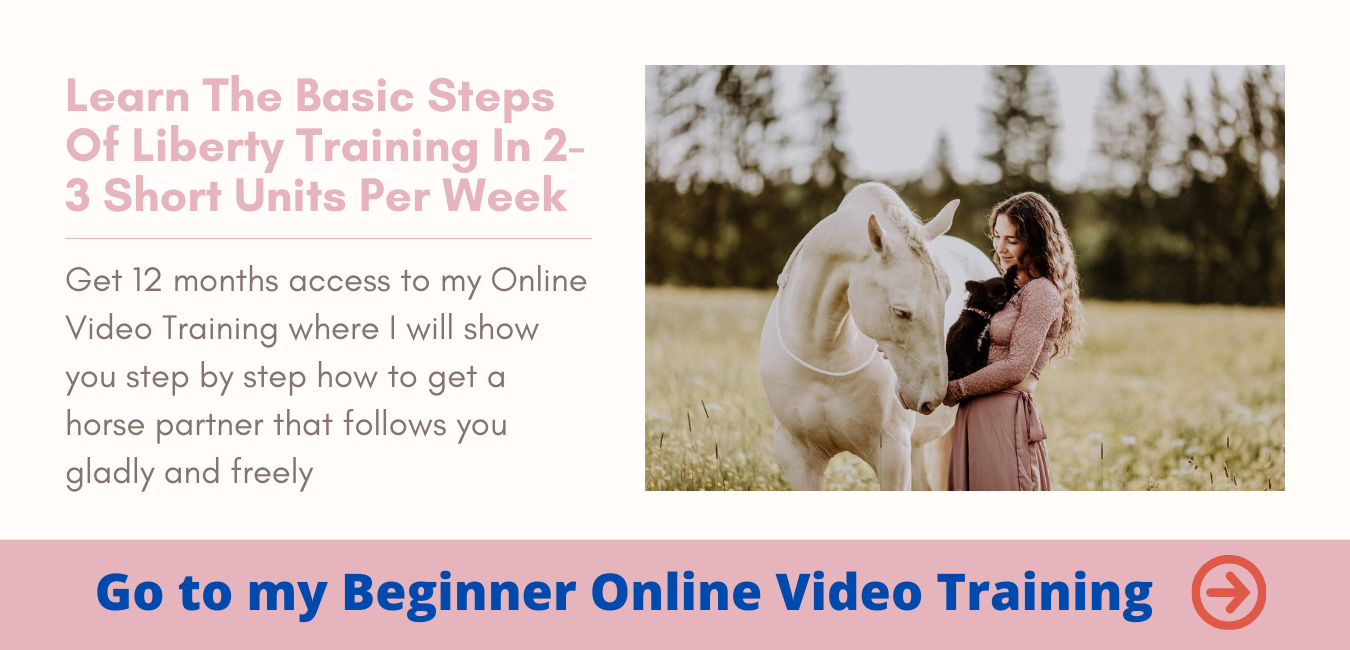Don’t you think that free work with your horse sometimes feels like a dance?
The playful working out of the individual steps, these movements that follow a certain pattern.
The interaction between the two of you, which feels like a dialogue – and looks like one?
Liberty Dressage actually has a lot of a dance about it.
There are even similar values! Because no matter if you dance a standard dance or with your horse: without respect, appreciation and empathy dancing is not only no fun, but also isn’t easy.
Since it is the playful ease of training horses in this way that fascinates me the most, I would like to go into this topic again today due to some questions on the subject.
May I ask?
As in any dance – no matter what kind – both partners have to start learning the choreography. So the individual steps and the right reaction to them. This also applies to you and your horse ?
So what are the basics for a successful start as a dancer?
In ballroom dance, e.g. at Discofox, there is the so-called basic attitude.
There it is exactly defined where which partner has his hands, what distance the partners have to each other and how the arms are held. This is a very static affair, which is first shown to you standing up.
But what is the “basic attitude” with your horse?
Your horse also has to learn first where he should stand next to or in front of you and how much distance he should keep.
This is not always clear from the beginning: You must first “explain” the “right behaviour” to your horse and strengthen his and your position.
For liberty dressage and especially for circling, I start by consolidating the “leading position”.
The horse stands or walks next to me – always approximately at neck height.
He should not come with his nose behind my shoulder (because then I can’t see his face and the expression in it anymore) and should not overtake me with his shoulder or even bump into me.
The essence is simple: Consistent practice and lovingly correcting the position as soon as the horse leaves it leads to the goal.
If the leading position in walk works well and your horse not only walks straight ahead with you but also circles around you, you can start to practice the leading position also in trot and canter.
Remember to always give your horse “enough lead” – especially when you slow down. Because the braking distance of your horse is probably much longer than your own ?
The leading position and half arm length distance is considered the “basic posture” that should be sitting first. But what to do if the horse simply doesn’t respect your dance area?
Even if dancing with a human partner who keeps stepping on your feet is uncomfortable – with a horse it’s even less fun… And can also quickly become dangerous!
My dance area – your dance area
Each person (and each horse) has a so-called individual zone into which other people (or even horses) are not allowed to enter without invitation.
In our society the violation of this zone is not acknowledged with a kick like in a herd, but you will notice how unpleasant the proximity of the other person feels and try to avoid him.
With horses, however, only the lower-ranked one gives way when his individual zone is violated.
But since you want to take the lead in the partnership, you should set clear rules from the beginning, just like in dancing.
The “feel-good zone” of each person is slightly different.
So first of all, make it clear where your Individual Zone ends. An arm’s length away? Half an arm’s length away? Or significantly more? Become aware of the point at which you feel uncomfortable and are afraid that your horse will step on your feet.
[su_youtube url=”https://youtu.be/f-jZFsDdCBw”]
If close is too close…
Of course we all wish for the proximity of our horses.
We are happy when they come to us joyfully and full of energy.
But when they jump onto our laps, it can quickly become dangerous.
Therefore you should insist on a respectful treatment – on both sides. After all, your dancing partner is also trying not to step on your feet. And your horse should also make an effort to do so.
Therefore imagine you are a rock. A rock is simply the way it is. It is rather static, firm – and if you run against it while jogging, it usually hurts quite a lot.
I don’t want to call on you here to beat your horse or to treat him unfairly!
But for a horse it is logical that there is a personal space around you that he has to respect. Because he knows this from every member of his herd.
This means that you may also “defend” this space. Imagine that you are the rock.
And when you hit the rock “it hurts for a moment”. This has (and should!) nothing to do with emotional outbursts of feeling or aggression – it’s simply a rule that must be observed.
And if necessary, you can also make it clearer to your horse.
A question of respect
Even if these are the sides of liberty dressage, which one would like to think away from as a harmony loving person, I can only tell you from experience: Without respect, neither communication nor trust can develop with your horse.
Your horse wants to be able to rely on you – and that includes knowing your limits. After all, that is what makes a good boss, isn’t it?
In my opinion, this is the basis for a healthy partnership. And it always brings both: Rights but also duties. This is nothing different with your horse and your (dance) partner ?
In this sense I wish you harmonious dances with your horse – without collisions or blue toes!
All my love
Your Kenzie




